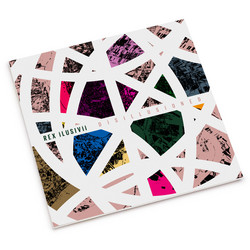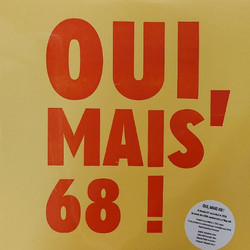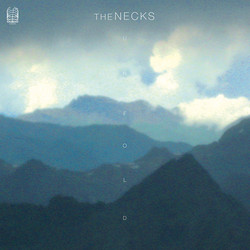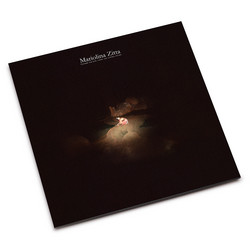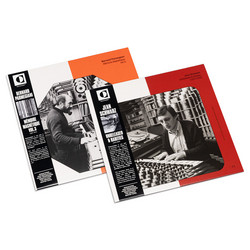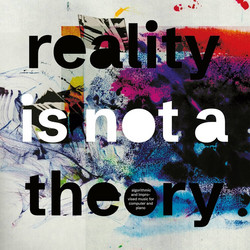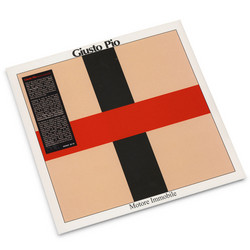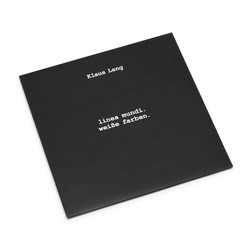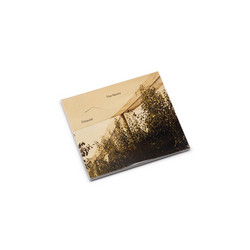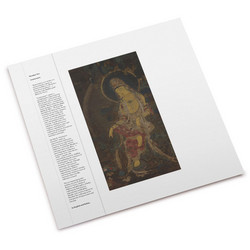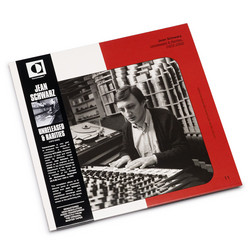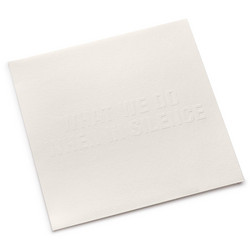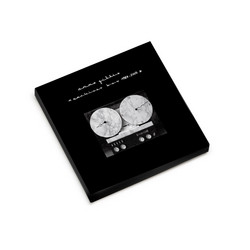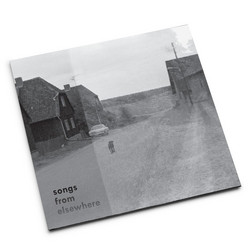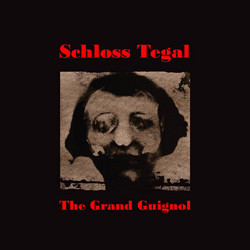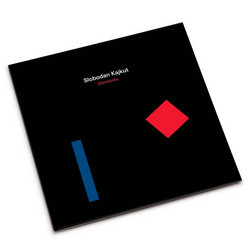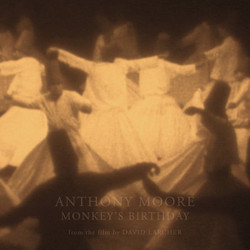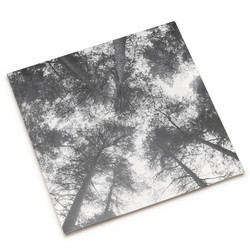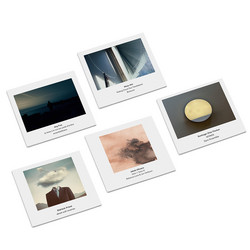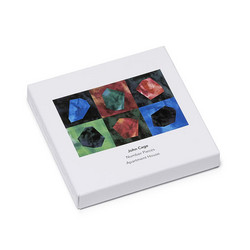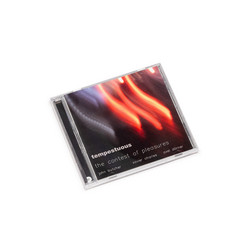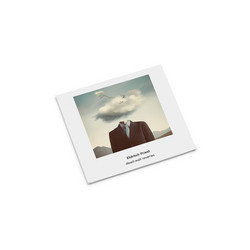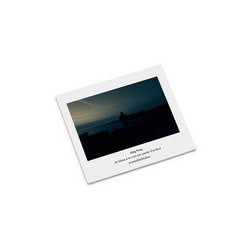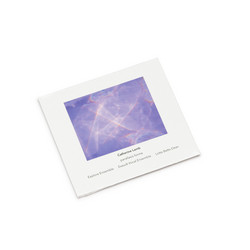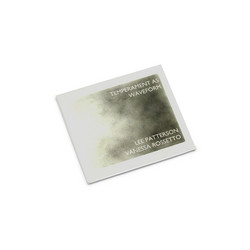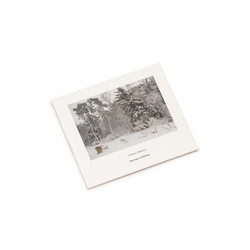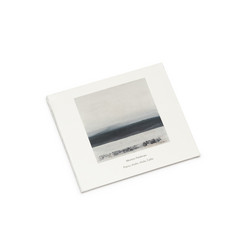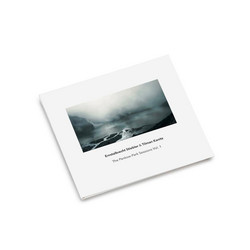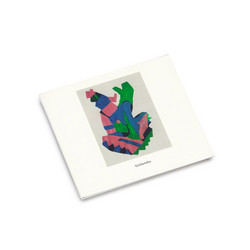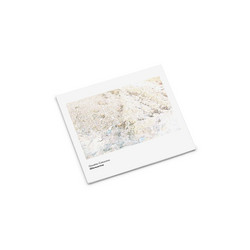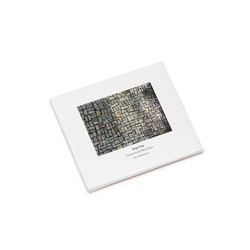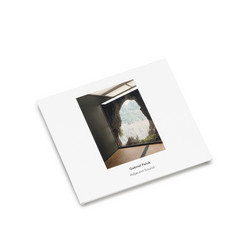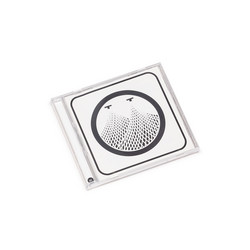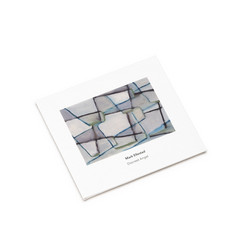In O Zomer!, Canadian composer Cassandra Miller brings together two ensemble pieces and two solo works, each realized with her trademark blend of warmth and radiance. The title track, performed by Apartment House, captures moments of gentle humor and whimsical lyricism, echoing Toon Tellegen’s writing—which Miller cites as an inspiration for its “simple and plain” style. From the first bars, Miller’s music sidesteps abstraction in favor of direct communicative ease: phrases loop, refrains echo, and melodic fragments weave a dialogue between yearning and play.
The suite’s range is notable. Philip Thomas’s meditative piano solo “Philip the Wanderer” suspends fragmented motifs amid spacious silence, enriched by Clemens Merkel’s delicate whistling. Mira Benjamin’s “For Mira” inhabits a realm of ghostly resonance and extended technique, blurring the line between violin and voice. The album culminates in the “Duet for Cello and Orchestra,” featuring Charles Curtis and the BBC Scottish Symphony Orchestra under Ilan Volkov. Here, Miller’s orchestration pivots on an Italian folk tune, infusing the concerto structure with folk timbres and the intimacy of unguarded voice. Curtis’s solo part traces meditative contours, at times nearly vocal, at times barely audible - embodying Miller’s search for a “space more intimate and vulnerable,” a quality she continues to develop with other collaborators.
Throughout O Zomer!, Miller’s fascination with transcription and vocality runs deep. Her process often begins with listening to non-notated or folk music, transcribing its qualities, and infusing them into original settings. The result is music of unassuming complexity - a field where nuance, repetition, and spontaneous gesture can breathe. Miller’s close work with performers ensures that each piece feels lived and embodied, transforming each encounter into an unfolding moment.
The emotional arc of O Zomer! radiates ease and generosity. Miller’s melodic touch, combined with the openness of her ensemble writing, creates music that is bright but never brash, contemplative yet energized. As a collection, these pieces invite listeners not just to appreciate structure, but to revel in the presence and vulnerability of live music making - a testament to Miller’s belief that voice, in every form, can shape and transform the musical experience.
